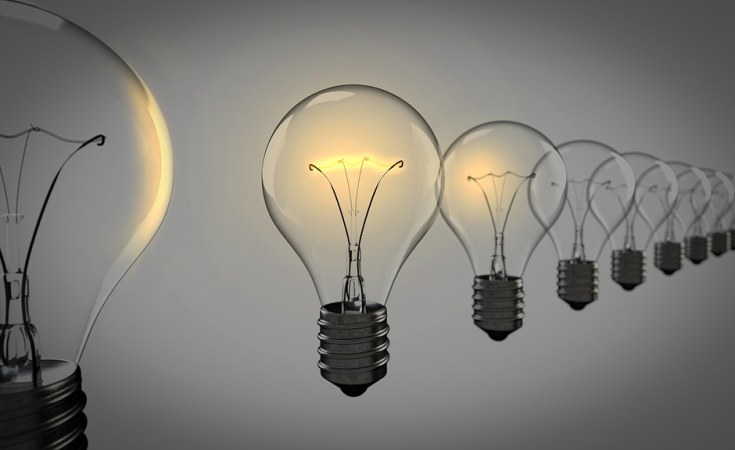The Ugandan government has signed an agreement to start exporting electricity to South Sudan.
The Power Sales Agreement (PSA) was signed on Tuesday by the Ministry of Energy Permanent Secretary, Irene Bateebe on Uganda's behalf whereas Beck Awan Deng, the General Manager of South Sudan Electricity Cooperation (SSEC), signed on behalf of his country.
The Minister of Energy Ruth Nankabirwa Ssentamu, led the Uganda Government delegation to Juba for the execution, while her counterpart, Peter Marcello Jelenge, represented the South Sudan government.
The deal will see Uganda supply 400 kilo-volts of power to the towns of Kaya, Oraba, Elegu and Nimule in South Sudan to boost socio-economic activities in the border areas.
The development follows a December 2015 Memorandum of Understanding to develop transmission and distribution infrastructure to connect the two countries.
The June 27 discussions and agreement will see the prioritization of the development of the 400 kilo-volt Olwiyo - Juba Power transmission Line of 308km.
Of these, 138km will be on the Ugandan side and 170km in South Sudan to facilitate power exchange between the two countries.
The 400kV power substations of Olwiyo and Bibia near Uganda's Elegu border post, plus the Juba substation, will also be expanded.
"Today's signing ceremony marks the beginning of serious cooperation in power trade between Uganda and South Sudan. We would like to see projects that benefit both the people of Uganda and South Sudan...We will take power from small towns in Uganda, such as Elegu and Oraba. Similarly, the people at the border of such as Nimule and Kaya in South Sudan shall be supplied with power from Uganda," said Minister Nankabirwa.
Progress
The 400kV Olwiyo-Juba Transmission Line will pick up power from Olwiyo Substation, which is already operational at 132kV.
In the MoU signed between Uganda and South Sudan, the Nile Equatorial Lakes Subsidiary Action Plan (NELSAP) was mandated to coordinate the joint development of the transmission line whereas a Joint Technical Committee has been established to plan and coordinate the project's development.
On the other hand, Uganda and South Sudan have secured funds for feasibility studies from African Development Bank (AfDB).
AfDB would also finance the project based on EPC or Public Private Partnership, depending on the outcome of the feasibility study whereas a consortium of CESI S.p.A (Italy), ELC Electroconsult S.p.A. (Italy) and Colenco Consulting Ltd (Nigeria) has been procured to undertake the feasibility study, which commenced in March 2023 and will be completed in February 2024.
The two countries also collaborate in the power distribution segment, where distribution networks have already been constructed in the Uganda-South Sudan border towns of
Nimule and Kaya and this cooperation is expected to enhance regional productivity and support security along the border towns.
South Sudan is said to have the lowest electricity consumption per capita in Sub-Saharan Africa.
Capacity
Uganda's current electricity generation capacity stands at about 1,250Megawatts but consumption stands at slightly above 650 megawatts during peak hours, creating a surplus of half of what is generated.
The amount of electricity produced in Uganda is expected to increase to over 2,000MW if all the six units at the 600MW Karuma hydropower dam are added to the national grid as well as Kikagati (16MW) and Nyamagasani I (15MW) and other small hydro power plants .
Therefore, the amount of unused power is expected to increase due to low growth in demand.
To this, Uganda exports a certain percentage of its electricity to neighbouring Kenya and part of Tanzania, eastern DR Congo and now South Sudan will follow suit.
The exportation of electricity to neighbouring countries is also a fallback position in case of any shortfall in the country.
For example last year, Uganda was forced to buy 60 megawatts from Kenya to plug a shortfall gap caused by flooding at the 183MW Isimba dam that led to a temporaly shut down.


